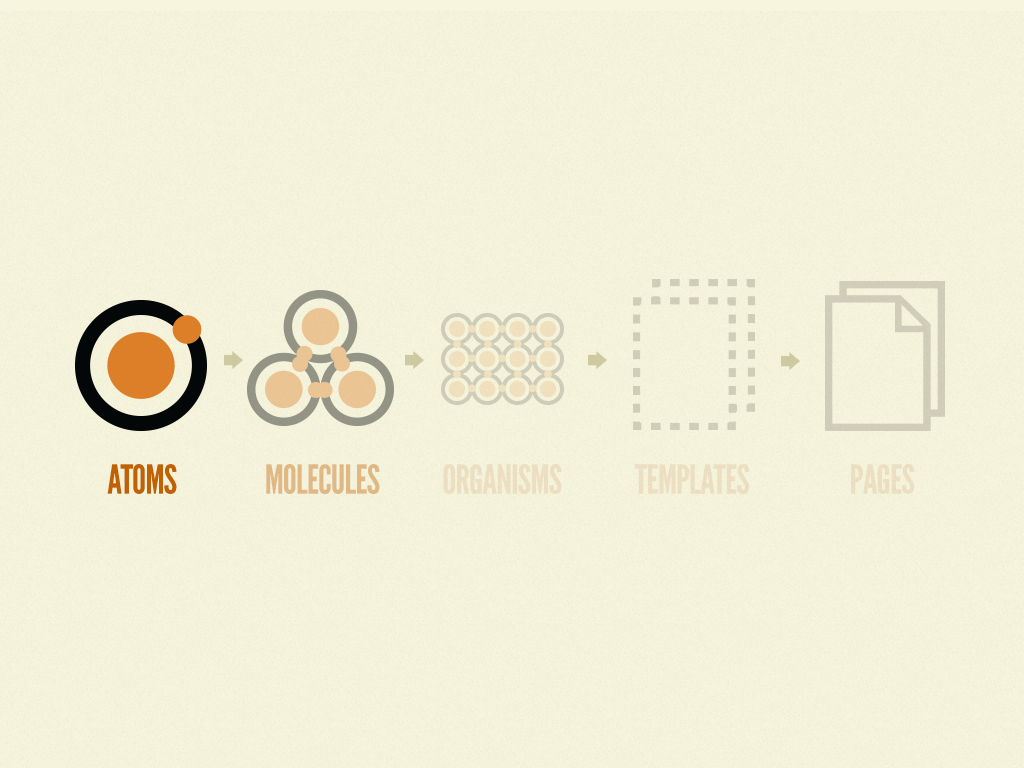Table Of Content
This way, designers can let go of the assumption that design or content comes first – here, they walk hand in hand as the project moves forward. Making this improvement now means that each page created from that template in the future will offer a better user experience. Atomic design provides a clear methodology for crafting design systems. Clients and team members are able to better appreciate the concept of design systems by actually seeing the steps laid out in front of them.
Templates: Designing our page template

Just like we’re using our button as an imported component here, we could use the same button across numerous types of molecules. I know I’d rather spend time figuring out a new feature than rebuilding old ones over and over. Separately, the molecules are versatile, but together they’re an even larger building block for a page. Since it only has one function, it’s easy to reuse it anywhere that specific functionality is needed. It works for both designers and developers, creating a complete system that improves the effectiveness of any team.
Atomic Design Used Case
These are individual components that do one thing and one thing only. See how design choices, interactions, and issues affect your users — get a demo of LogRocket today. In a lot of ways, this is how we’ve been doing things all along, even if we haven’t been consciously thinking about it in this specific way.
Let’s see our atomic design benefits in our CMS
Burdening a single pattern with too much complexity makes software unwieldy. Therefore, creating simple UI molecules makes testing easier, encourages reusability, and promotes consistency throughout the interface. Use simple atomic components to compose higher-level molecules and organisms. Create complex UIs through composition, not just added complexity in standalone components.
Templates

However, they’re good as a reference in the context of a pattern library as you can see all your global styles laid out at a glance. Atoms can also include more abstract elements like color palettes, fonts and even more invisible aspects of an interface like animations. The header forms a standalone section of an interface, even though it contains several smaller pieces of interface with their own unique properties and functionality. We realize very quickly how the modification of a component can affect the whole system. For me, every project, big or small can be designed with atomic in mind.
This is the way we’ll refine the brand identity, develop components and verify that the system works. Yet it’s the components themselves which have to have their own breakpoints and their own fluid behavior. The first components will help to create the first screens, and the first screens will help to create new components in the system or to change the existing ones.
Template
Every single atom, small as it may be, ends up having a big impact on the molecules and organism as a whole. Atomic Design invites designers to see individual components like atoms – they each can be seen as a screenshot of the style and function of the page. For as long as I’ve been talking about atomic design, I’ve had people proffer alternate names for the stages of the methodology.
Atomic Design is all about choosing a scientific approach to the interface, applying a framework that comes from chemistry. A hydrogen atom contains one electron, while a helium atom contains two. In the same manner, each interface atom has its own unique properties, such as the dimensions of a hero image, or the font size of a primary heading. These innate properties influence how each atom should be applied to the broader user interface system.
As easy as counting to ten: A new rule for catalysts' design - Phys.org
As easy as counting to ten: A new rule for catalysts' design.
Posted: Tue, 23 Jan 2024 08:00:00 GMT [source]
Then, when that button needs an update, the change is simple and centralized, even though it impacts the entire design. This theme of efficiency will continue as the complexity of our elements increases. The above example shows a list of stocks of two different users on the RobinHood app. Based on user selection, the atoms and molecules take on different states. Defining a page is as equally important as atoms and molecules when building a design system. If you haven’t already incorporated some form of atomic design at your company, this is your introduction to it and hopefully your inspiration to start thinking of reusable components.
Having a list of components that respect the general style of the product is only part of the battle. It takes entire patterns and templates, the ability to implement new things that follow the lines of previous work. Either way, they can be a powerful point of reference for how the content is to be structured on any given screen. This is important because it points to the complex relationship between design and content. If done separately, many teams find that combining the pre-established design with the content can be difficult, with many last-minute adjustments being needed. Depending on how last-minute these changes are, they can be really costly and painful to implement.
You understand that if a page doesn’t function well, go back to the code, the tiniest parts that make up the whole, to discover the root of the issue. Having atomic design principles in mind provides the most considerable advantage by ensuring certainty. You always have a reusable guideline to follow when designing and problem-solving. The ultimate goal is to create clean component APIs that minimize complexity for developers using the library. Atomic design provides excellent guidance but needs some pragmatic interpretation based on context.
Select the repository you created earlier with the starter command. We’ll see where you add the actual content on our demo site in just a moment when we pop over to our Prismic dashboard. Now, all we need to do to start using the magic of Prismic is use our Slices in our page template.
As the craft of Web design continues to evolve, we’re recognizing the need to develop thoughtful design systems, rather than creating simple collections of web pages. “Atomic design” as a buzzword encapsulates the concepts of modular design and development, which becomes a useful shorthand for convincing stakeholders and talking with colleagues. Ultimately, whatever taxonomy you choose to work with should help you and your organization communicate more effectively in order to craft an amazing UI design system.

No comments:
Post a Comment